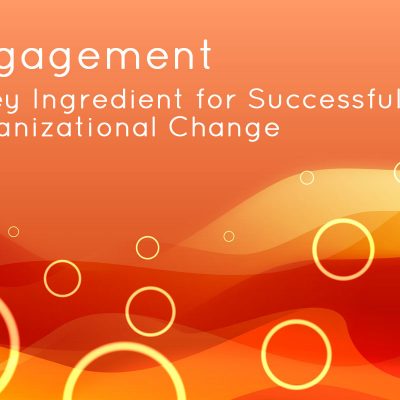
When we ask ‘when was the last time you updated the operating system or operating matrix of your organization?’ the response is generally quite different. Leaders and managers might add new business processes, procedures, protocols and policies to their organizations in an effort to create greater efficiency and better results. They seldom answer that they take a look at the operating system or operating matrix of their organization and update it to one that meets current needs and functions.
Updating the operating matrix of your organization is worth paying attention to. Let me share a metaphor with you to make the point, also from the computer industry.
Recently, Ward met with a successful businessman, whose business was product design of apps, with every app he oversaw designed to accomplish a certain function. This gentleman said that the most frustrating of his experiences was when his clients wanted to develop the new system for their app on top of the old systems, thinking that adjustments to the old system were the way to go.
He stated that when the old archaic systems operated under the new system that people wanted to use, it was hard for the new system to perform at its capacity because every time the person used the app, the new system needed to refer back to the old system for every step of functionality. This process of the new system needing to constantly go back to check within the old system slowed the process down, caused additional challenges making the user experience frustrating at times, and was a waste of time and energy. The need of the new system being built on top of the old system served no viable function in relation to the end goal. Additionally, it put a big load on the Central Processing Unit, taking up too much of the available horsepower.
Thinking about this story, I hope that you can make the leap to understanding that the same thing happens in your organization. You may have a small organization, a team, a department, or a big organization. The same wisdom applies. You want to have an operating matrix for your organization that does not take much ‘horsepower’ to perform at its best, doesn’t put too much of a load on leadership, and is clean, sleek, simple and performs its best.
One of the choices that we present to the leaders we work with, assuming that they have a Vision and /or a Strategic Plan is to adjust the operating system of their organization to operate as a strategy focused organization. The operating matrix supports all actions within the organization to be in alignment with accomplishing the Strategic Plan and hence the Vision.
To update the operating matrix of your organization
- Develop an understanding of the operating matrix as it is. The operating matrix is the frame that holds the culture, performance, functionality in place. For some organizations, it is this operating matrix that results in the work being performed in silos…resulting in inefficient functionality and a LOT of extra ‘horsepower’ to get to goal accomplishment. A question to be asked is ‘does our operating matrix support us in accomplishing our Strategic Plan? Does our operating matrix support us in achieving our Vision?
- Based on what you understand the operating matrix to be and to currently include, work together with people to figure out the best, simplest operating matrix for functionality to get to goal accomplishment. Don’t stitch this together adding layers to what is present. In developing the new operating matrix be prepared to remove what is no longer useful, maintain what is working, and create what needs to be created.
- To make the change in operating matrix and to determine what is needed, identify the stories that keep the existing operating matrix in place. Yes, there are stories that the people tell of ‘how things get done here’ that solidify the operating matrix. Stories include examples of ‘we have to do it this way because we have always done it this way’ even if that story is not rooted in current truth. People operate from their stories.
- Next, uncover the assumptions that people make that keep these stories alive. An assumption could be that if a person speaks up with a recommendation for an improvement, that the leaders won’t appreciate the recommendation coming from a ‘line person’. This may, in truth, be accurate or it may be far from accurate….it may be an untested assumption that got created somehow.
- Work with the assumptions that are going to be useful for the future to change the story in going forward. You will find that the development of the new better, sleeker, cleaner operating matrix can be rooted from the new story.
For example, if your current operating matrix functions in silos (inefficient) the new story can support an operating matrix in which cross-functional teams come together easily and are effective as an easier flow to getting business done.
Another example, if your current operating matrix functions to support crisis mode/urgency rather than supporting a strategy focused organization (inefficient) the new story can support an operating matrix in which individuals, teams, and the whole organization align their activities to plan accomplishment, to goal accomplishment.
As you work to update your operating matrix, pay attention to how these changes support your organization to be strategy focused. With the right operating matrix in place, one that makes the work of the business as smooth, efficient, and focused as possible, these changes shift you out of crisis-mode and into the high-functioning mode of achieving your vision for success.











Leave a Reply
You must be logged in to post a comment.